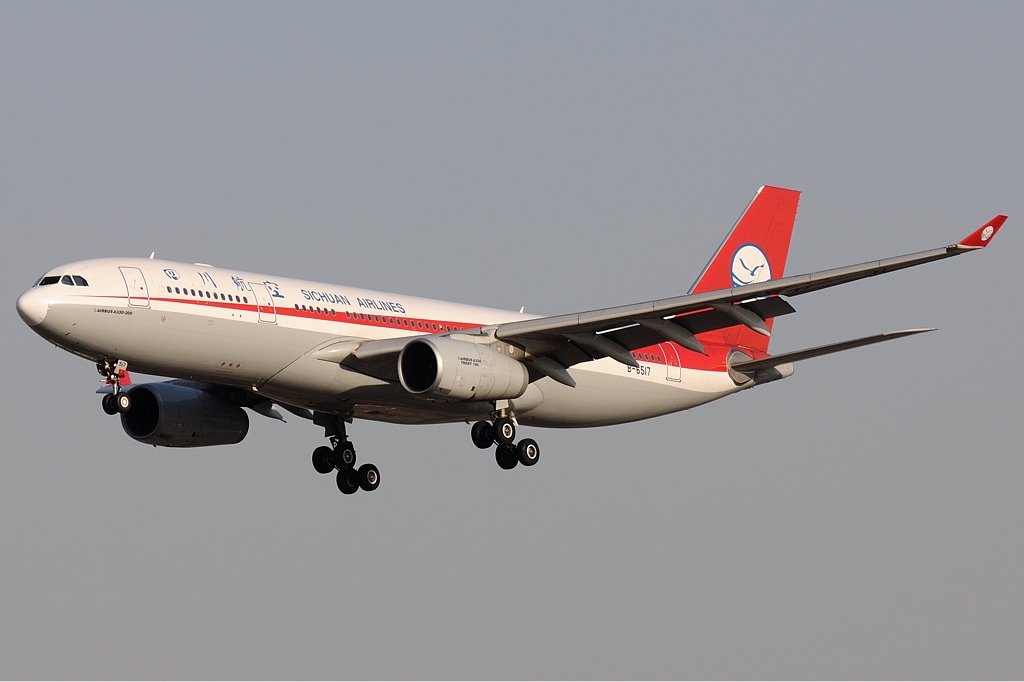




02 Sep 2025
Digital Twins in Aviation Leasing: Hype or Real Value?
Every few years, a new buzzword takes hold of the aviation industry. Right now, one of the loudest is “digital twins.” The idea is compelling: a living, breathing digital replica of an aircraft or component that mirrors its performance, wear, and behavior in real time. On paper, it promises everything from streamlined maintenance planning to predictive insights that save millions.
But in practice, is it really delivering for aircraft lessors and operators? Or is it still a vision chasing validation?
What Exactly Is a Digital Twin?
At its core, a digital twin is a dynamic digital model of a physical asset. Unlike a static 3D model, it continuously updates with real-world data feeding on sensors, flight operations, and maintenance logs. The goal is to anticipate issues, extend asset life, and enable smarter decisions.
For aviation leasing, that could mean knowing exactly when a component is likely to need attention, predicting transition costs more accurately, or even optimizing remarketing strategies.
Where the Promise Meets Reality
Here’s where it gets interesting. While OEMs and some operators are experimenting with digital twins, adoption across leasing portfolios remains limited. A few reasons stand out:
- Data availability is uneven. Not every aircraft comes with rich, real-time sensor data. Older assets often lack the infrastructure.
- Integration isn’t seamless. Lessors may hold hundreds of aircraft spanning multiple types and vintages, making standardization a challenge.
- The ROI is still being proven. Digital twins are resource-intensive to build and maintain. The long-term financial payback isn’t always clear.
The result? Many lessors are intrigued but cautious. The concept feels powerful but without reliable data pipelines and proven cost benefits, the case for full-scale rollout isn’t there yet.
A Balanced Perspective
This doesn’t mean digital twins are just hype. They’re already showing value in areas like:
- Maintenance optimization. Predictive insights can reduce unscheduled downtime and lower costs.
- Transition planning. Better visibility into component health reduces surprises at redelivery.
- Sustainability. More efficient asset management supports emissions goals.
But these wins tend to be situational specific fleets, specific operators, specific contexts. Until adoption matures and data access becomes more uniform, digital twins will remain more of a strategic experiment than an industry standard.
Acumen’s View: Practical First, Hype Second
At Acumen, we see digital twins as an evolving tool not a silver bullet. The focus should be on making sure the basics are strong first: clean, consistent asset data, robust reporting, and integration across stakeholders. Without that foundation, even the most sophisticated twin can only tell part of the story.
That’s why our approach is pragmatic. We help clients cut through the hype, identify where digital twin technology could genuinely add value, and ensure the supporting data infrastructure is in place. Sometimes, the right step isn’t to jump into a twin, it’s to build the data discipline that makes one possible later.
The Bottom Line
Digital twins in aviation leasing are neither pure hype nor proven panacea. They’re a promising development still finding their footing. For now, the smartest strategy for lessors and operators is measured adoption: test where it makes sense, invest in data quality, and stay prepared for when the technology truly scales.
Like any innovation, digital twins won’t replace fundamentals, they'll only amplify them.





